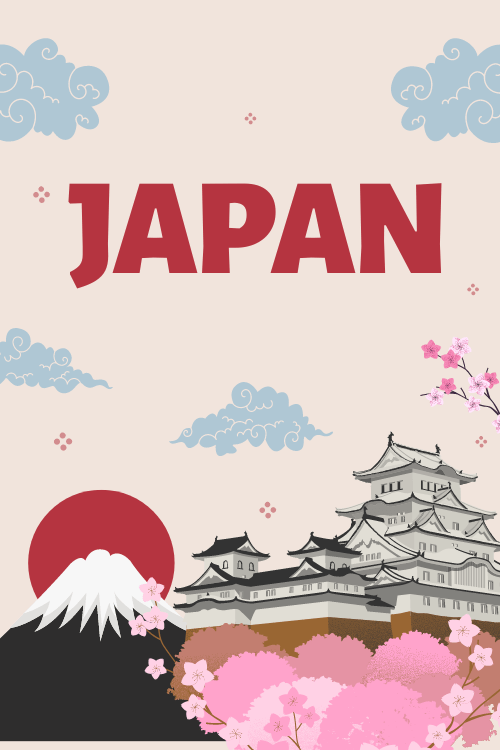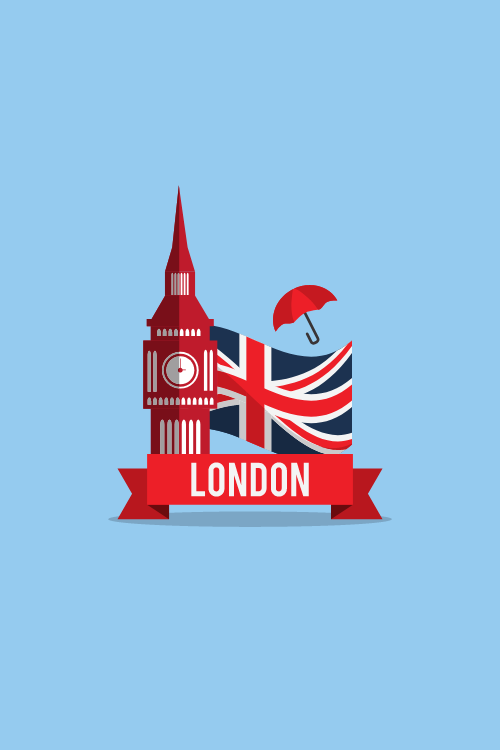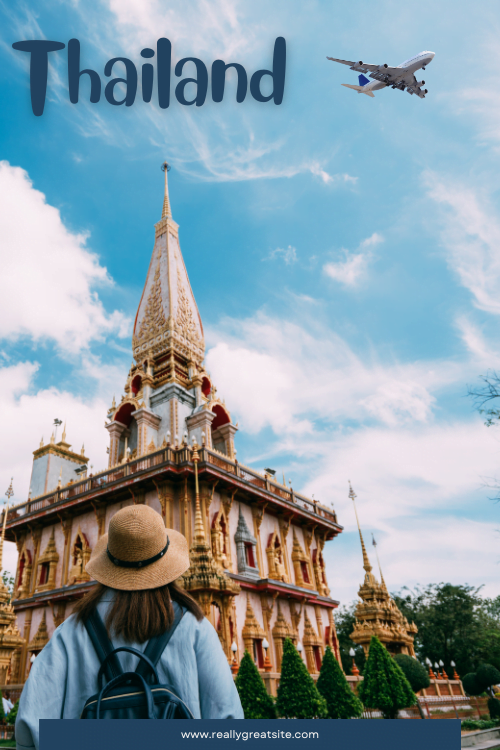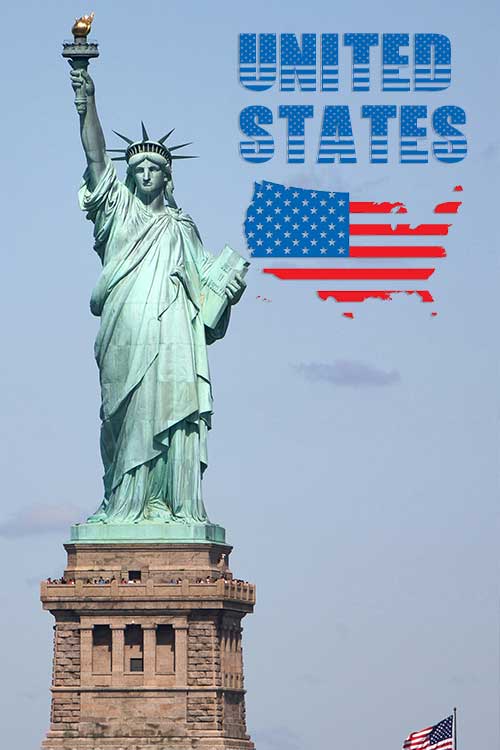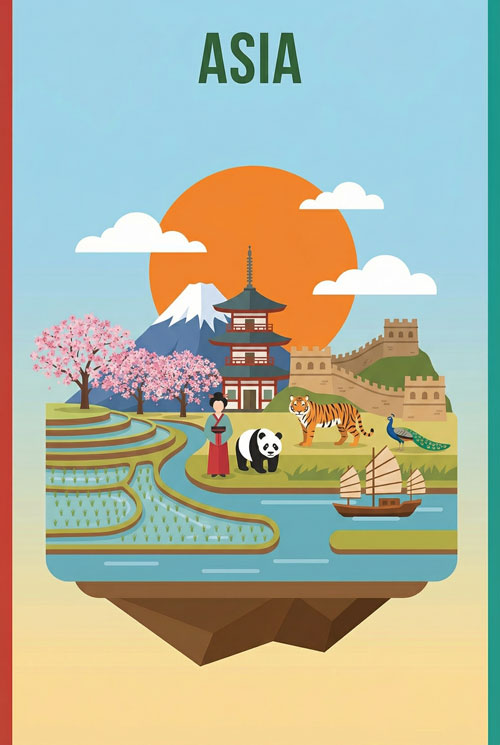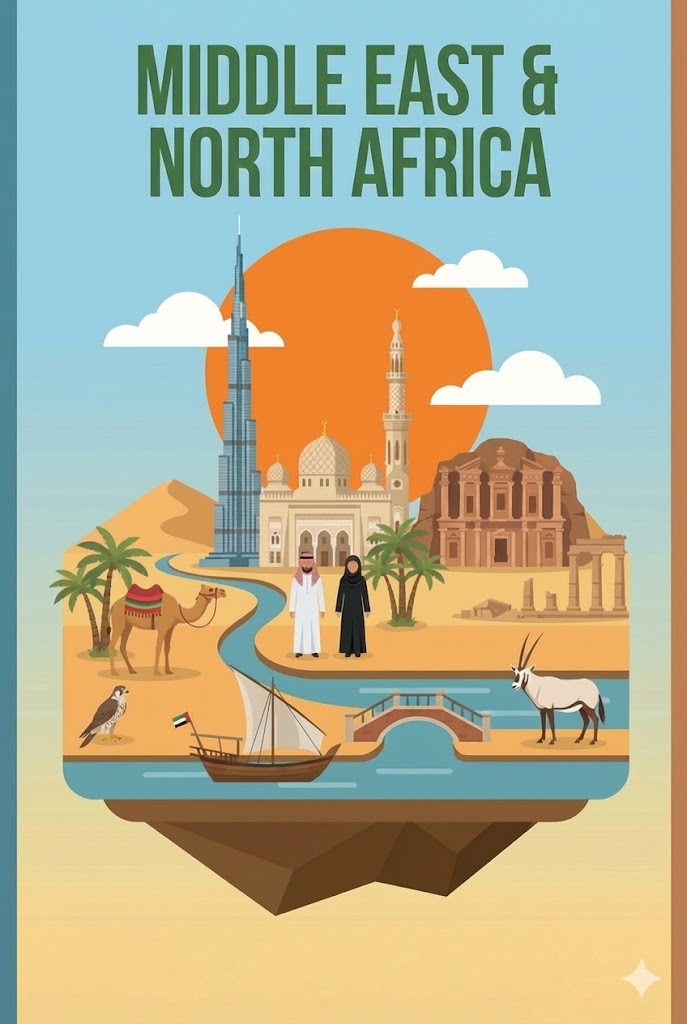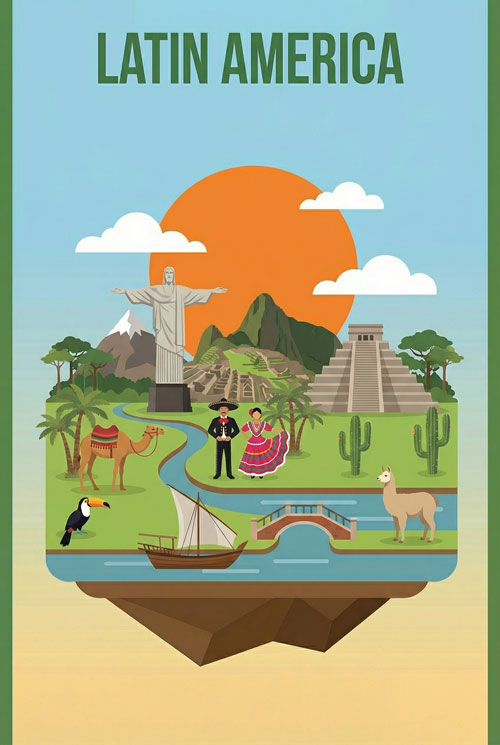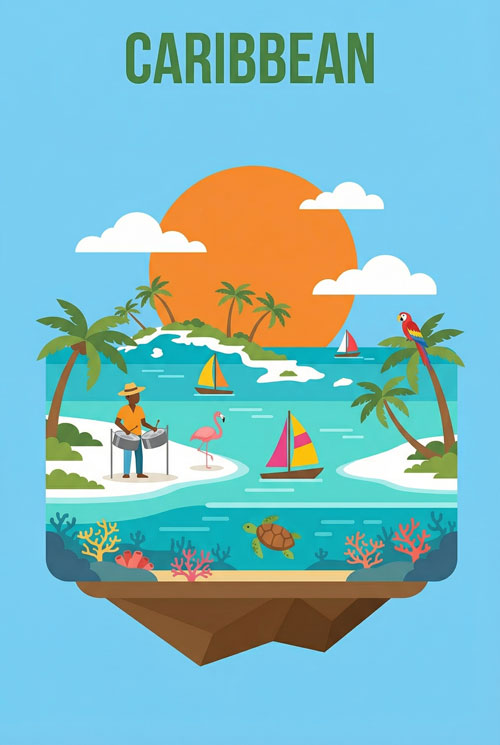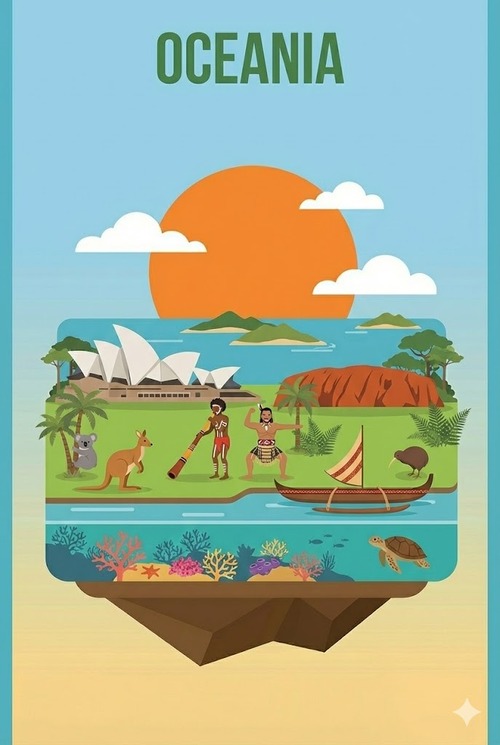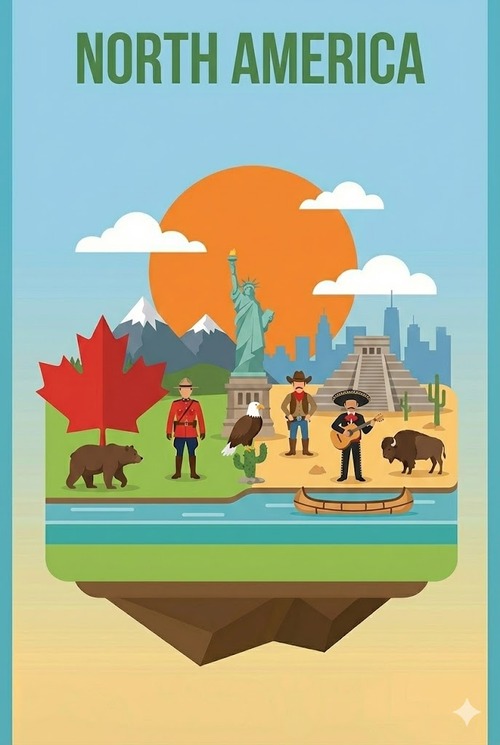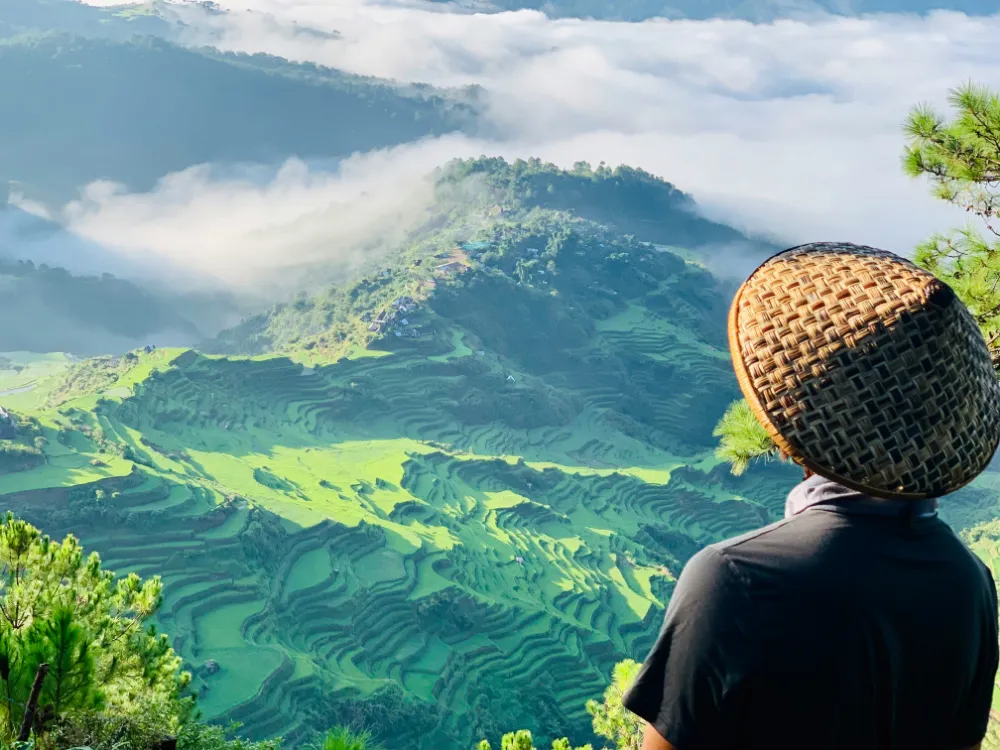eSIM Philippines
The Best Time to Visit the Philippines: Everything Travelers Need To Know
Welcome to the Philippines, an archipelago of over 7,600 islands where emerald rice terraces cascade down mountainsides, turquoise waters lap against pristine white-sand beaches, and some of the world’s most vibrant coral reefs teem with life. From the electric energy of Manila to the tranquil lagoons of Palawan, this is a country of breathtaking diversity and endless adventure.
But with so much to see and do, the first question every traveler asks is: “When is the best time to visit?”
The truth is, the perfect time to explore the Philippines is deeply personal. It all depends on what your dream trip looks like. Are you chasing endless sunshine for picture-perfect beach days? Are you a budget-savvy backpacker looking for the best deals? Or are you hoping to dive into a spectacular local festival? This guide will break down every factor—weather, crowds, costs, and activities—to help you find your ideal window for an unforgettable Philippine adventure.
Philippines At-a-Glance: The Best Times to Go
For those who want the quick answers, here is a simple breakdown of the best times to visit based on your top priorities.
- Best Time for Perfect Weather: December to February. This is the cool dry season, offering the most pleasant temperatures, low humidity, and the least amount of rain. It’s the ideal time for exploring just about any part of the country with maximum comfort.
- Best Time for Budget Travelers: June to October. This is the wet season, which means it’s also the tourism off-season. You’ll find the absolute lowest prices on flights and accommodation, but you must be prepared for rain and the possibility of typhoons.
- Best Time to Avoid Crowds (with Good Weather): May and November. These shoulder months are the sweet spot, offering a fantastic balance of beautiful weather, fewer tourists, and better prices than the chaotic peak season.
- Best Time for Beaches & Island Hopping: December to May. The dry season guarantees calm, clear seas and plenty of sunshine, making it perfect for exploring the world-famous beaches of Palawan, Boracay, and Cebu.
- Best Time for Advanced Surfing: July to November. The southwest monsoon, known as Habagat, combines with typhoon swells to create legendary waves on the eastern coast, making it prime time for experienced surfers in spots like Siargao.
- Best Time for Festivals: January. This month is the heart of festival season, hosting the country’s most spectacular celebrations, including Sinulog in Cebu and Ati-Atihan in Kalibo, for an unforgettable cultural immersion.
Understanding the Philippine Climate: More Than Just Wet and Dry
To truly master travel planning for the Philippines, it’s essential to look beyond the simple “wet” and “dry” labels. The country’s weather is governed by two powerful monsoons and its location within the Pacific’s Typhoon Belt.
The Two Monsoons: Amihan and Habagat
The Philippines’ climate is dictated by two seasonal winds:
- Amihan (Northeast Monsoon): Occurring from roughly November to May, the Amihan brings cool, dry air from the northeast. This is the force behind the pleasant, sunny weather of the peak tourist season.
- Habagat (Southwest Monsoon): From about June to October, the Habagat brings warm, moist air from the southwest. This is the primary cause of the heavy rainfall and high humidity during the wet season, especially affecting the western parts of the country like Manila and Palawan.
The Typhoon Belt
The Philippines sits directly in the path of the Pacific Typhoon Belt. An average of 20 tropical cyclones (locally known as bagyo) enter the Philippine Area of Responsibility each year, with about eight or nine making landfall. The peak season for these powerful storms runs from July through October, when nearly 70% of typhoons develop. These storms most frequently impact the northern and eastern regions, such as Luzon, Samar, and Leyte.
How to “Hack” the Seasons: The Four Climate Types
Here’s a secret that most travel guides miss: the Philippines doesn’t have one uniform climate. It has four distinct climate types, and understanding them is the key to finding great weather and lower prices, even during the so-called “rainy season”.
- Type I: This is the classic tropical climate with two very pronounced seasons: a dry season from November to April and a wet season from May to October. This applies to the western parts of the country, including Manila, Palawan, and Boracay.
- Type II: These regions have no dry season, with rainfall year-round and a very pronounced wet period from November to January. This includes areas on the eastern coast like Siargao and Eastern Samar. This is a critical detail, as the “best” time to visit Manila (January) is the rainiest time to visit Siargao.
- Type III: The seasons here are not very pronounced. It’s relatively dry from November to April, but the dry season is shorter and less intense. This applies to the Central Visayas, including Cebu and Bohol, which is why they are often considered great year-round destinations.
- Type IV: Rainfall is more or less evenly distributed throughout the year. This climate is found in parts of Mindanao, like Davao. This makes these areas less vulnerable to the distinct wet and dry seasons and the typhoons that affect other regions.
By understanding these types, you can plan smarter. For example, while Manila (Type I) is experiencing its heaviest rains in August, you could visit Cebu (Type III) or Davao (Type IV) and enjoy much better weather with off-season prices.
A Detailed Season-by-Season Guide to the Philippines
Let’s dive deeper into what you can expect during each major travel period, blending weather, costs, crowds, and cultural events.
The Cool Dry Season (December – February): Peak Season Perfection
This is the Philippines at its most idyllic, when the Amihan monsoon delivers perfect travel weather.
- Weather: Expect gloriously sunny days with average temperatures between 24°C and 31°C (75°F to 88°F). Humidity is at its lowest for the year (around 71-77%), and rainfall is minimal, making it incredibly comfortable for any activity.
- Pros: The weather is ideal for everything, from exploring the historic walls of Intramuros in Manila to island hopping in Palawan’s turquoise waters. All regions, including remote islands, are fully accessible and safe for travel. The festive atmosphere is infectious, especially around the holidays.
- Cons: This is the high season, which means flights and hotels are at their most expensive, and popular destinations are at their most crowded. The period is marked by “micro-peaks” of intense demand. The Christmas and New Year holidays see a massive influx of both international tourists and Filipinos returning home. This is immediately followed by the major festival season in January. For a slightly less crowded experience, aim for the window between mid-January and early February, after the holiday rush has subsided.
- Key Events: As a predominantly Catholic nation, the Philippines has one of the longest and most vibrant Christmas seasons in the world.
- Christmas & New Year (December): The festive “ber months” (September-December) culminate in massive family celebrations and beautiful light displays nationwide.
- Feast of the Black Nazarene (January 9, Manila): A massive and deeply devout procession that draws millions of followers.
- Sinulog Festival (Third Sunday of January, Cebu): The country’s grandest and most famous festival, a week-long celebration honoring the Santo Niño (Child Jesus) with street parties and a spectacular parade.
- Ati-Atihan Festival (Third week of January, Kalibo): Often called the “Mother of all Philippine Festivals,” this is a vibrant, Mardi Gras-like street party where participants paint their faces with soot and dance in tribal attire.
- Panagbenga Flower Festival (February, Baguio): The cool mountain city of Baguio explodes in color with a month-long celebration of flowers, featuring enormous floral floats.
| Table 1: Climate Snapshot (Cool Dry Season: Dec-Feb) | |||
| Location | Avg. Temp (°C/°F) | Avg. Rainfall (mm) | Avg. Sunshine Hours |
| Manila | 26-29°C / 79-85°F | 20-96 mm | ~6-7 |
| Palawan | 26-28°C / 79-82°F | 28-65 mm | ~7 |
| Boracay | 27-28°C / 81-82°F | 55-114 mm | ~6-7 |
| Cebu | 26-27°C / 79-81°F | 30-130 mm | ~8-9 |
The Hot Dry Season (March – May): Sun, Sea, and Sweat
As the Amihan season wanes, the heat turns up, delivering the most intense sunshine of the year.
- Weather: Temperatures and humidity climb steadily, with April and May being the hottest months. Daily highs frequently exceed 34°C (93°F). Rainfall is still low, though afternoon thunderstorms become more common in May as the country transitions toward the Habagat monsoon.
- Pros: This is the absolute best time for a sun-drenched beach vacation. The seas are warm, calm, and crystal clear, offering peak visibility for diving and snorkeling. This is also the prime season for swimming with whale sharks in Donsol.
- Cons: The heat and humidity can be oppressive, especially in landlocked cities like Manila. This period also contains another “micro-peak”: Holy Week (Semana Santa). Usually falling in March or April, this is a major national holiday, and many Filipinos travel to the provinces and beaches, resulting in packed resorts, sold-out transport, and sky-high prices. It’s best to avoid this week if you value flexibility and quiet.
- Key Events:
- Holy Week (March/April): A profoundly important religious observance marked by solemn processions and unique local festivals. The most famous is the Moriones Festival on the island of Marinduque, where participants don elaborate masks and costumes to portray Roman centurions.
- Flores de Mayo & Santacruzan (May): A beautiful month-long festival held nationwide to honor the Virgin Mary. It features daily flower offerings and culminates in the Santacruzan, a stunning procession of the town’s most beautiful women depicting Queen Helena’s discovery of the Holy Cross.
The Wet Season (June – October): The Emerald Season
The arrival of the Habagat monsoon transforms the country into a lush, green paradise, but it comes with challenges.
- Weather: This season is defined by high humidity, which can peak at over 83% in August, and significant rainfall. July and August are typically the wettest months, with Manila seeing an average of 480 mm (18.8 inches) of rain in August alone. This is also the heart of the typhoon season, with the highest risk of powerful storms and travel disruptions from July to October.
- Pros: This is the low season, which means you’ll find the cheapest prices on flights and hotels and the fewest crowds at major attractions. The landscape is at its most vibrant and green, earning it the nickname “the emerald season.” It’s the best time for chasing powerful waterfalls like Kawasan Falls in Cebu and for adrenaline-pumping white-water rafting in Cagayan de Oro.
- Cons: The primary drawback is the weather. Typhoons are a serious risk and can lead to flight cancellations, dangerous ferry crossings, and road closures. High humidity can be very uncomfortable for some. Certain remote islands and adventure activities may be inaccessible or unsafe.
- Key Events: The Kadayawan sa Davao Festival in August is a major highlight. It’s a week-long thanksgiving celebration for the harvest in Davao City, Mindanao—a region that is often spared the worst of the typhoon season.
| Table 2: A Month-by-Month Look at the Wet Season in Manila | ||||
| Month | Avg. High Temp (°C/°F) | Avg. Rainfall (mm) | Avg. Rainy Days | Avg. Humidity (%) |
| June | 32°C / 90°F | ~300 mm | ~17 | 76-78% |
| July | 31°C / 88°F | ~400 mm | ~21 | 80-82% |
| August | 30°C / 87°F | ~480 mm | ~22 | 82-83% |
| September | 30°C / 87°F | ~350 mm | ~20 | 81-82% |
| October | 31°C / 88°F | ~200 mm | ~18 | 77-79% |
The Best Time to Visit Based on Your Travel Style
The “best time” isn’t one-size-fits-all. Here are tailored recommendations based on what you want from your trip.
For Sun-Seekers & Beach Lovers
- Prime Time: December to May. This is the long dry season, guaranteeing the best conditions for swimming, sunbathing, and island hopping in iconic destinations like El Nido, Coron, and Boracay.
- Hottest Months: For those who want the most intense sun, March to May are the peak summer months, though be prepared for scorching temperatures.
For Budget Backpackers
- Cheapest Time: June to October. The wet season brings rock-bottom prices on hostels, domestic flights, and tours.
- Smart Strategy: To minimize weather risks, stay flexible with your itinerary, keep a close eye on weather forecasts from the local agency PAGASA, and focus your travels on regions less affected by the southwest monsoon and typhoons. The Central Visayas (Cebu, Bohol) and parts of Mindanao are often safer bets during this time.
- Best Overall Value: The shoulder months of May and November are the ultimate sweet spot. You’ll find great deals and fewer crowds while still enjoying mostly dry and sunny weather.
For Adventure Travelers
The best time for your adventure depends entirely on your chosen activity, as ideal conditions for one can be terrible for another.
- Scuba Diving & Snorkeling: The best window is from December to April, when the Amihan winds create calm seas and excellent underwater visibility. For the world-renowned Tubbataha Reefs Natural Park, a UNESCO World Heritage site, the diving season is extremely specific and short: from mid-March to mid-June only, accessible via liveaboard boats.
- Surfing: The Philippines offers two distinct surfing seasons. For advanced surfers seeking epic barrels, the best time is July to November. During this period, the Habagat monsoon and typhoon swells generate powerful waves on the eastern seaboard, most famously at Siargao’s Cloud 9. For beginners, the gentler waves created by the Amihan monsoon from December to March on the west coast of Luzon (e.g., San Juan, La Union) are perfect for learning.
- Hiking & Trekking: The cool, dry months of December to February are undoubtedly the best for hiking. The temperatures are pleasant, and the trails are safer and less muddy. This is the ideal time to explore the Banaue Rice Terraces or climb Mt. Pulag to witness its famous “sea of clouds”.
- Chasing Waterfalls & Canyoneering: In direct contrast to hiking, the best time for waterfalls is during the wet season (June to October). The heavy rains transform trickles into thundering cascades, making it the most spectacular time for activities like canyoneering at Kawasan Falls in Cebu.
For Culture & Festival Chasers
- Peak Festival Season: January is the undisputed champion. In just a few weeks, you can experience the country’s three biggest festivals: Sinulog in Cebu, Ati-Atihan in Kalibo, and Dinagyang in Iloilo. Book everything far in advance.
- Other Key Periods: Holy Week (March or April) offers a look into the country’s deep-rooted faith with unique events like the Moriones Festival. May is for harvest celebrations like the colorful Pahiyas Festival. And in October, the city of Bacolod comes alive with the vibrant MassKara Festival, known for its smiling masks.
For Families
- The Safest Bet: December to February. The reliable, cool, and dry weather minimizes the chance of travel disruptions from rain or typhoons, keeping everyone comfortable and happy.
- School Holiday Note: The main local school holiday is the summer break, which traditionally runs from April to May. While there have been recent shifts, the calendar is reverting to this schedule. Traveling outside of this period, as well as outside of the Christmas break, will generally mean fewer crowds at family-friendly resorts and attractions.
What’s the Cheapest Time to Visit the Philippines?
For many travelers, budget is a key factor. Here’s how the costs break down throughout the year.
- Cheapest Months to Fly: While prices fluctuate, flight data consistently shows that February is one of the cheapest months for international flights to the Philippines. This is likely because it falls after the Christmas, New Year, and major festival rush. The most expensive times to fly are typically during the peak holiday month of December and the Northern Hemisphere’s summer holiday period (June-August).
- Cheapest Months for Hotels: Accommodation prices directly mirror the tourist seasons. The low season, from June to October, offers the lowest hotel rates. Data from travel aggregators like Kayak indicates that July and October are particularly affordable months for hotels. The most expensive months are during the peak dry season, especially November, December, and January.
- The Smart Traveler’s Choice: While the wet season is the absolute cheapest, it carries a significant weather risk that can disrupt your plans. The peak dry season offers the best weather but at the highest cost. This is why the shoulder months of May and November represent the best overall value. During this time, you can enjoy weather that is almost as good as the peak season but with significantly lower prices and fewer crowds, making it the ideal choice for a smart traveler.
| Table 3: Philippines Travel Costs & Crowds by Season | ||||
| Season | Flights | Accommodation | Crowds | Weather |
| Cool Dry (Dec-Feb) | High | High | High | Excellent |
| Hot Dry (Mar-May) | High | High | High (esp. Holy Week) | Good but Hot |
| Shoulder (May & Nov) | Medium | Medium | Low | Good |
| Wet (Jun-Oct) | Low | Low | Low | Risky (Rain/Typhoons) |
Stay Connected in the Philippines with an eSIM
In today’s world, having reliable internet from the moment you land is no longer a luxury—it’s a necessity. Imagine trying to navigate to your hotel, book a Grab (the local ride-hailing app), check your reservations, or share that first stunning beach photo without a data connection.
Traditionally, travelers faced two frustrating options. The first is paying for expensive international roaming from your home provider, which can lead to shocking phone bills. The second is the hassle of finding a local SIM card vendor at the airport after a long flight. This often involves long queues, confusing plans, and a mandatory registration process requiring your passport, not to mention the risk of dealing with unofficial or sketchy vendors.
There is a better way. An eSIM (or embedded SIM) is the perfect modern solution. It’s a digital SIM that you can install on your compatible smartphone without needing to swap any physical cards.
With an eSIM from eSIM.com, you can solve your connectivity problem before you even leave home. Simply choose a data plan for the Philippines on our website, and we’ll email you a QR code. Scan it, and your plan is ready to activate the moment you land. You’ll be connected to reliable local 4G and 5G networks like Globe and Smart, ensuring great coverage across the islands. No more bill shock, no more airport SIM queues, and no more travel stress.
Ready to make your Philippine adventure seamless? Check out eSIM.com for affordable, reliable data plans for your trip to the Philippines.

